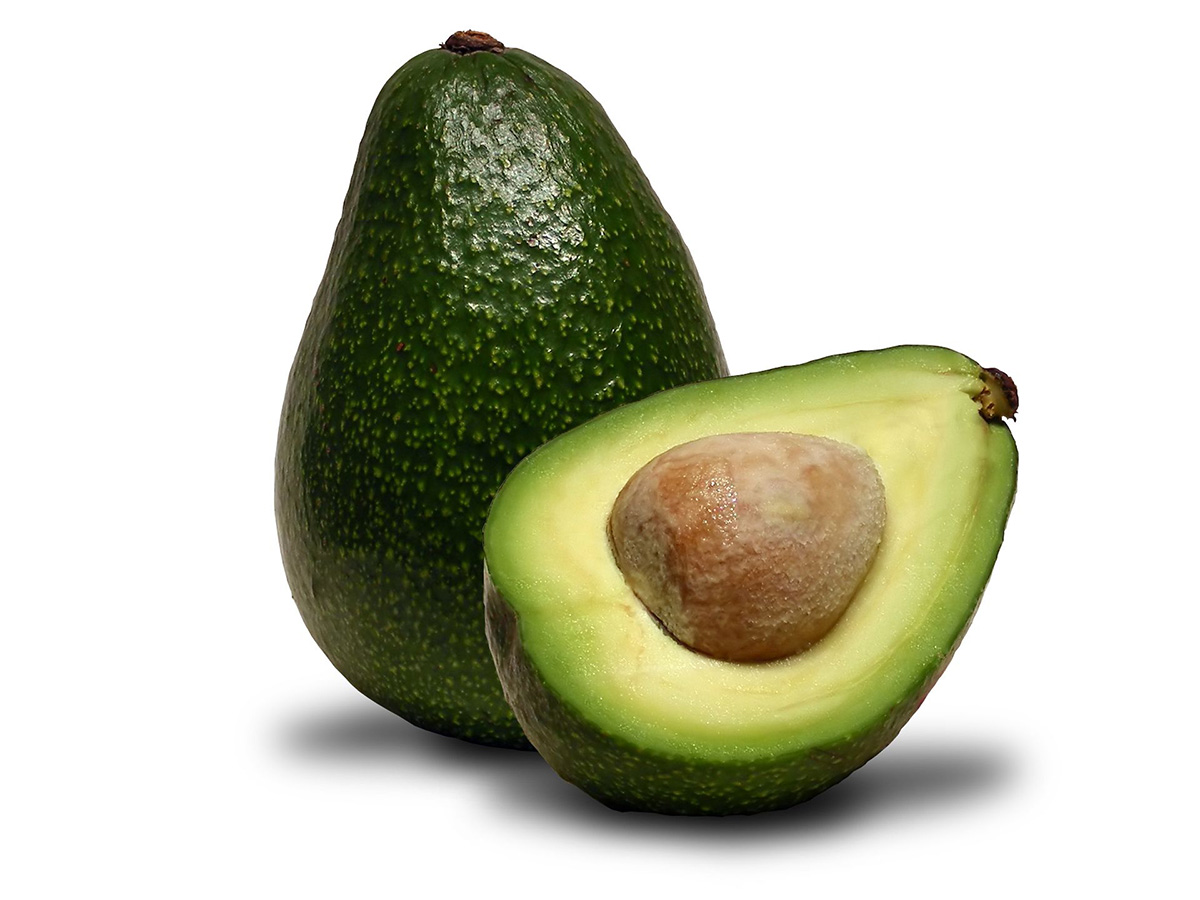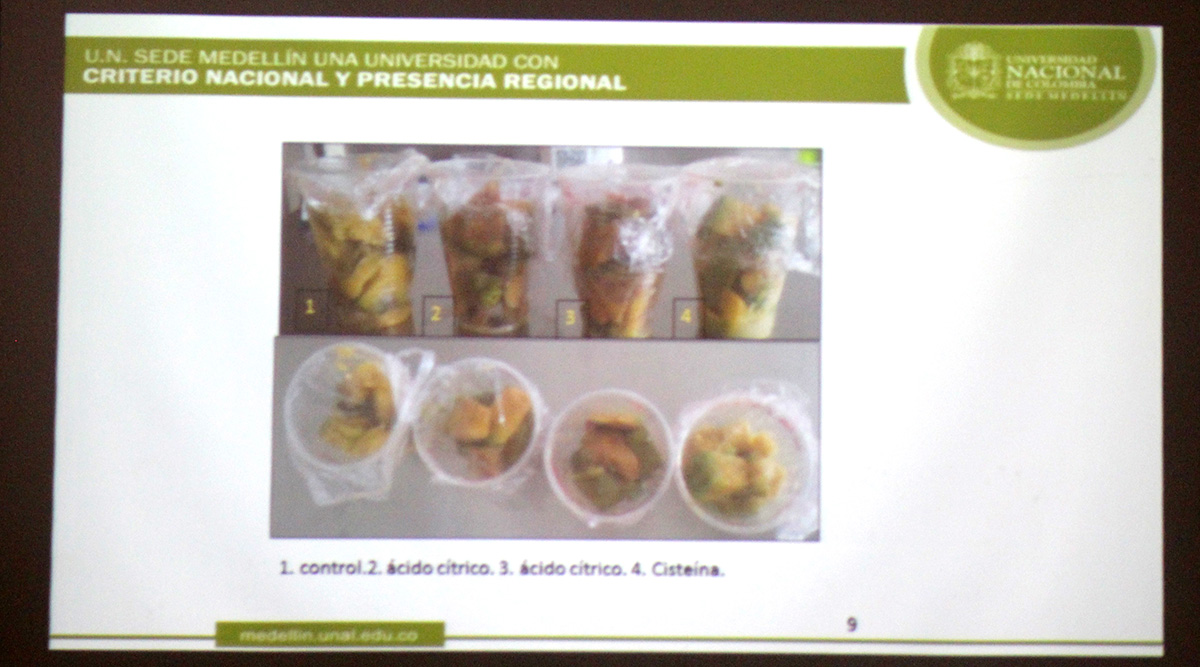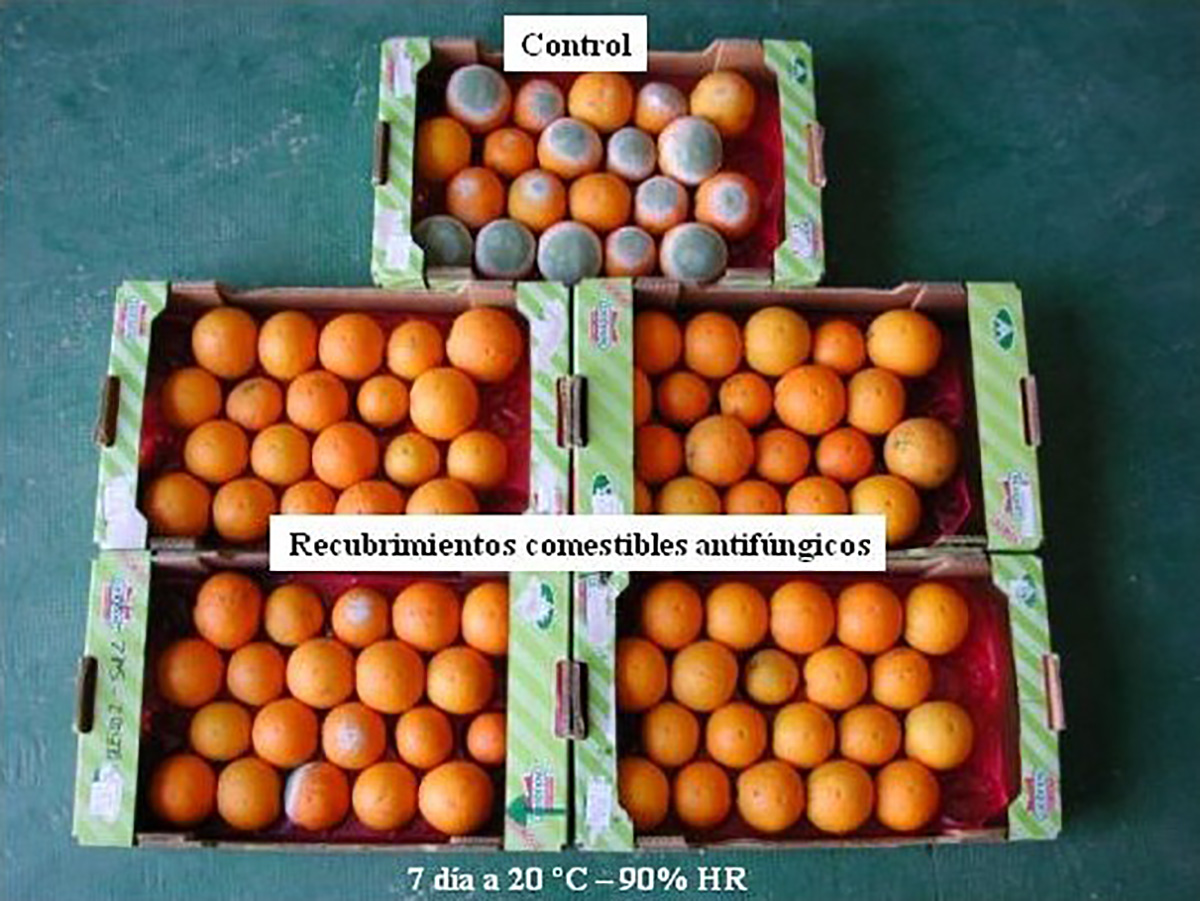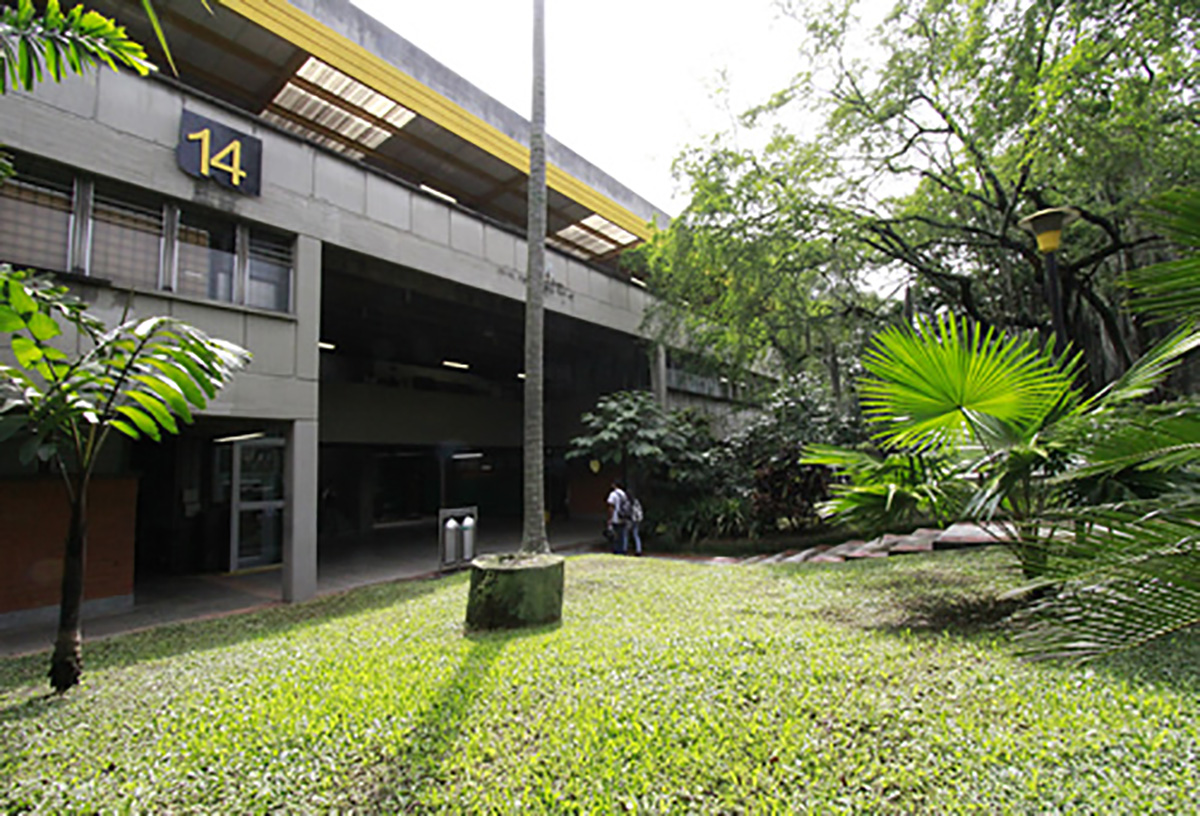Universidad Nacional de Colombia (UNal) in Medellín Faculty of Agrarian Sciences developed a process called "edible coating."
After submerging avocados for a specific period time, they are dried and preserved. In this particular case, this process lasted for eight days at a temperature of 10° C (50° F).
As explained by Industrial Microbiologists and Food Science and Technology master"s candidate Yanina Hernández, who worked on the project.
"The idea behind the project is preserving avocados for longer periods of time so people can have more time to consume this fast spoiling and oxidizing product," said Hernández.
According to Hernández oxidation is produced by oxygen action on the surface of the avocado as microorganisms thrive and help turn the pulp brown, providing a dark tonality.
"We used three different antioxidants: citric acid, ascorbic acid, and cysteine. The latter was the innovation of the project and the substance which had a better reaction," said Rosa Amanda Alegría Macías, a Chemists and Food Science and Technology master"s candidate.
The student said that during the research performed at the UNal Laboratory of Fruits and Vegetables, headed by Professor Carlos Julio Márquez, cysteine minimized the color of the Mexican avocado (Persea Americana) during eight days of storage.
They obtained a different result with other antioxidants which changed in color and consistency on fruits that had not been submitted to a process of this type.
To achieve the previous results, it was important to take into consideration that the avocado was not too mature or battered. Avocados were weighed, and color changes analyzed on a spectrophotometer.
For Alegría this project is exciting as avocados are highly consumed, and the Province of Antioquia is one of the areas of Colombia with the greatest production levels.
"We do not want this research project just to sit here, but publish and socialize information over this high-impact fruit in Antioquia," she said.
Avocado cropping is produced in countries with temperate and mild climates. It is planted from Mexico to Chile.
 Correo Electrónico
Correo Electrónico
 DNINFOA - SIA
DNINFOA - SIA
 Bibliotecas
Bibliotecas
 Convocatorias
Convocatorias
 Identidad UNAL
Identidad UNAL








